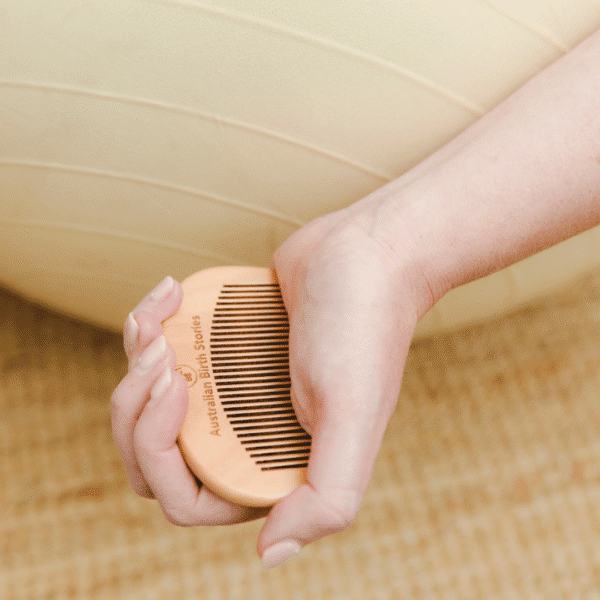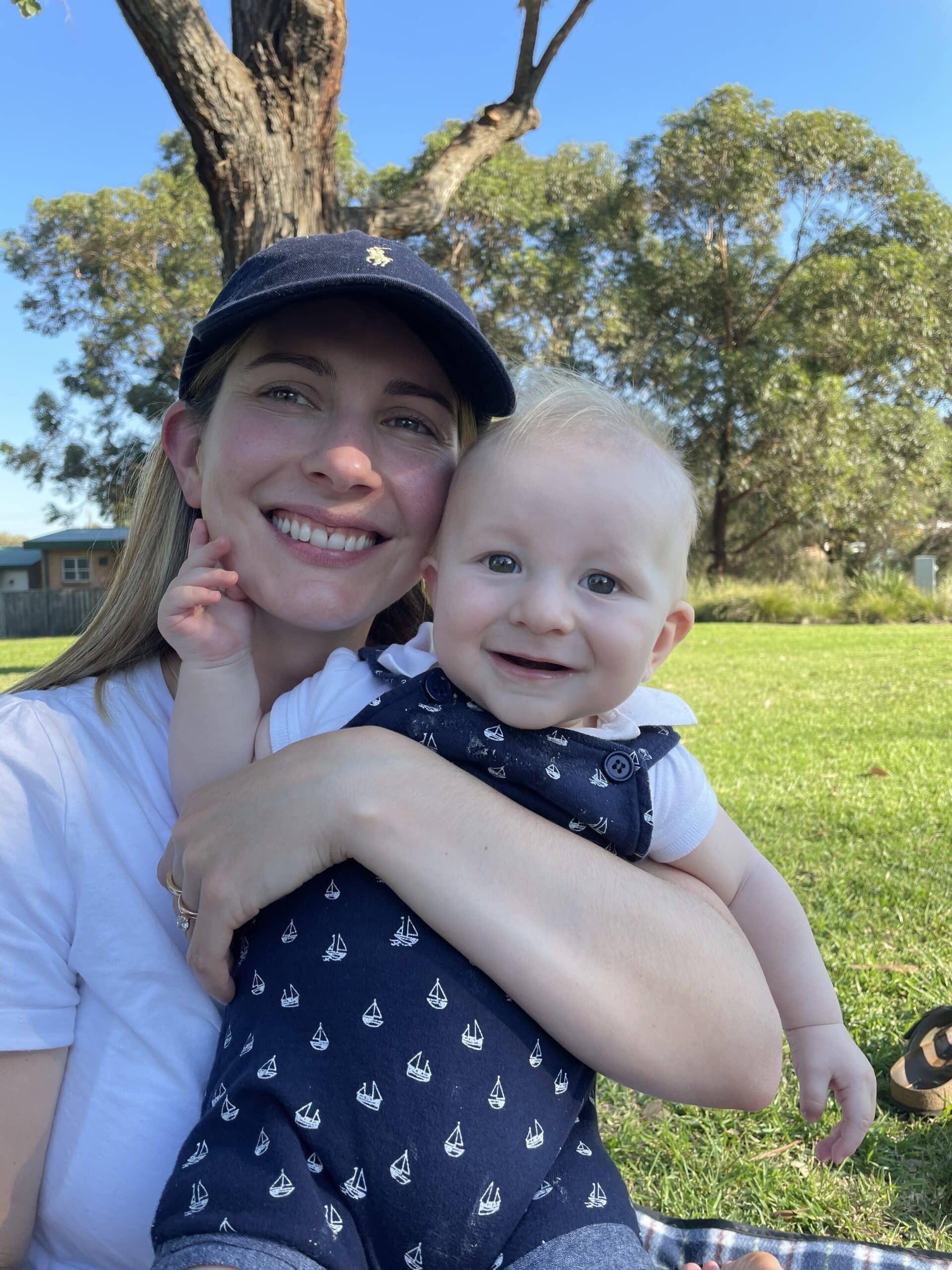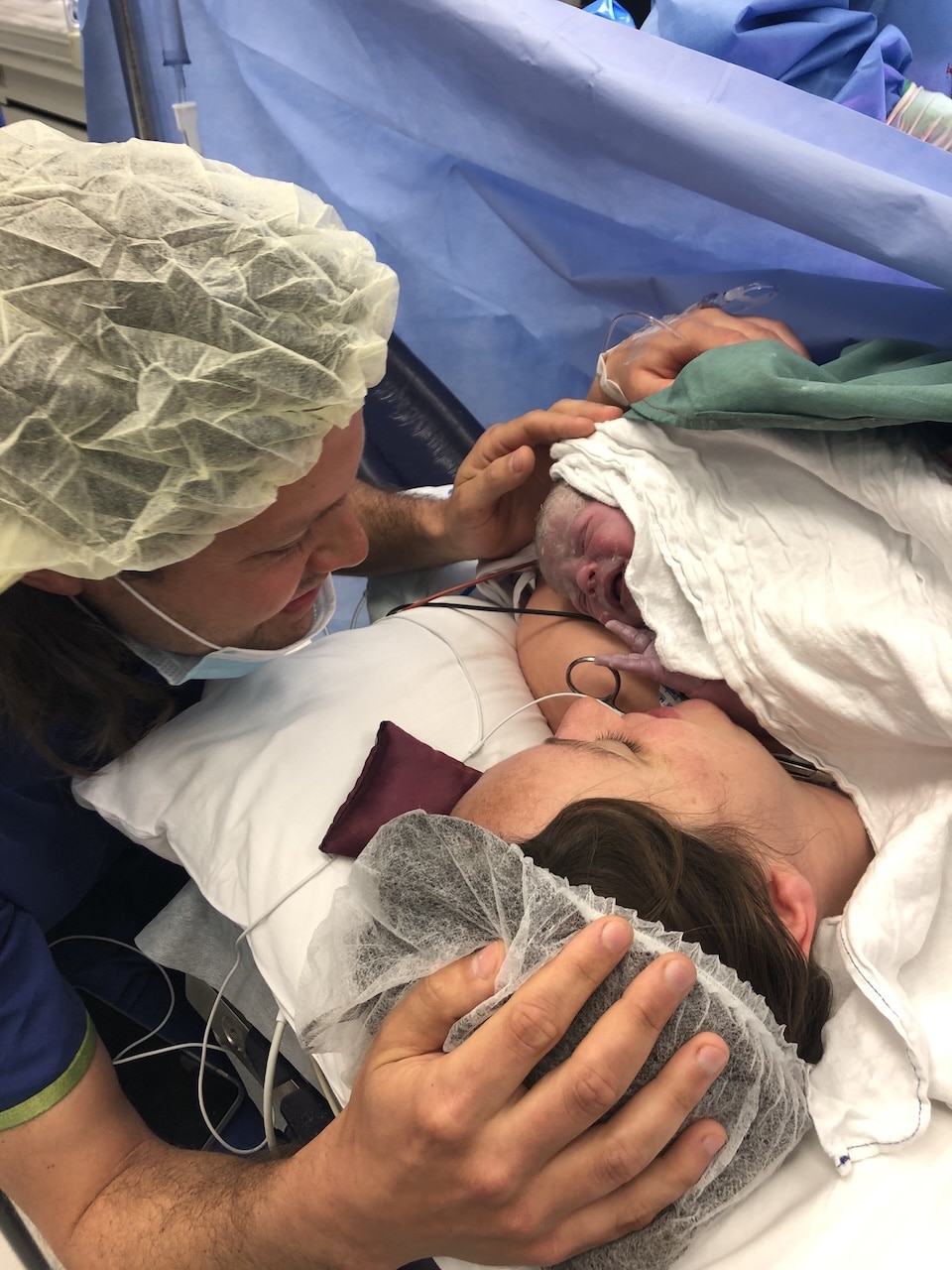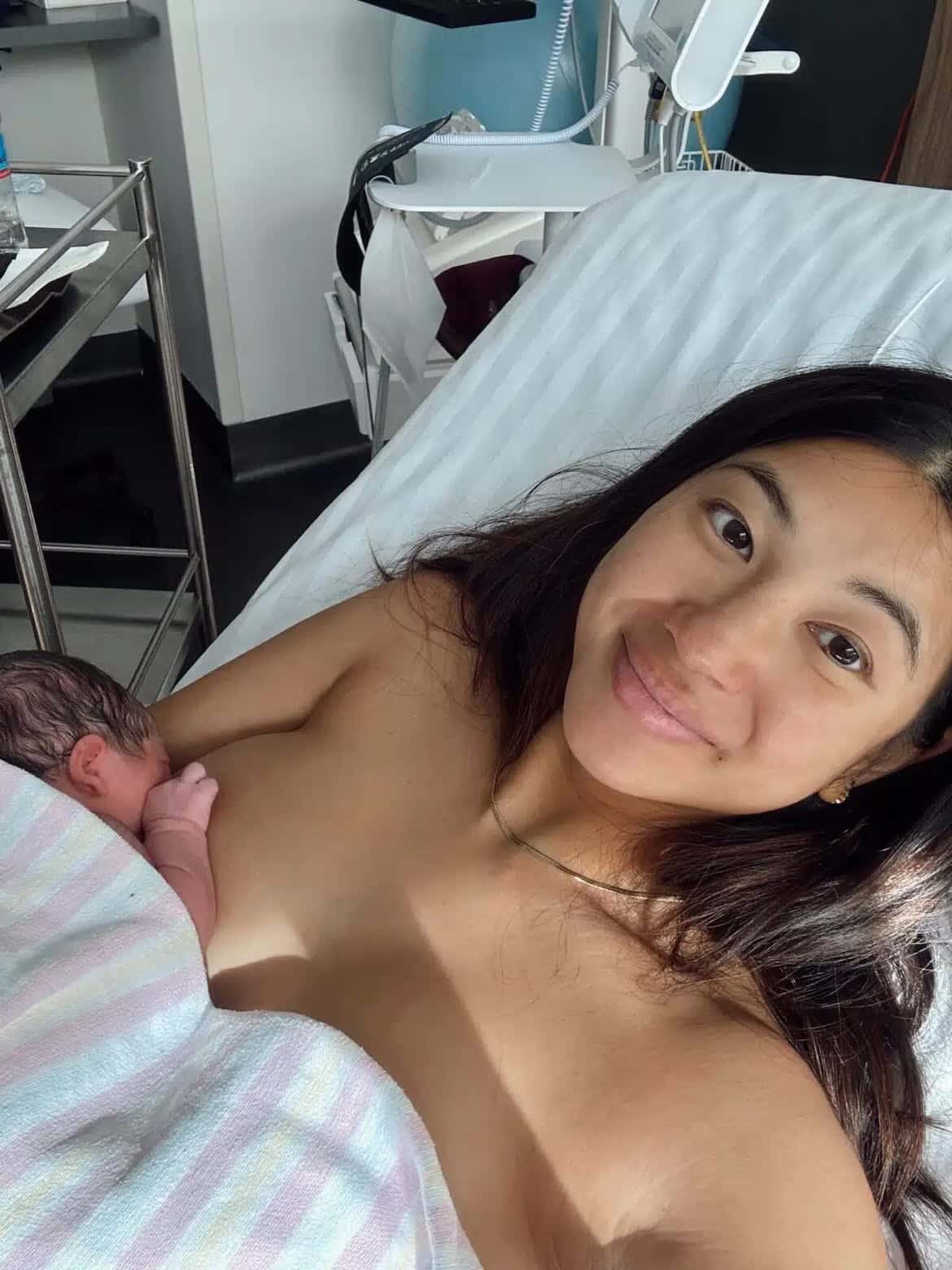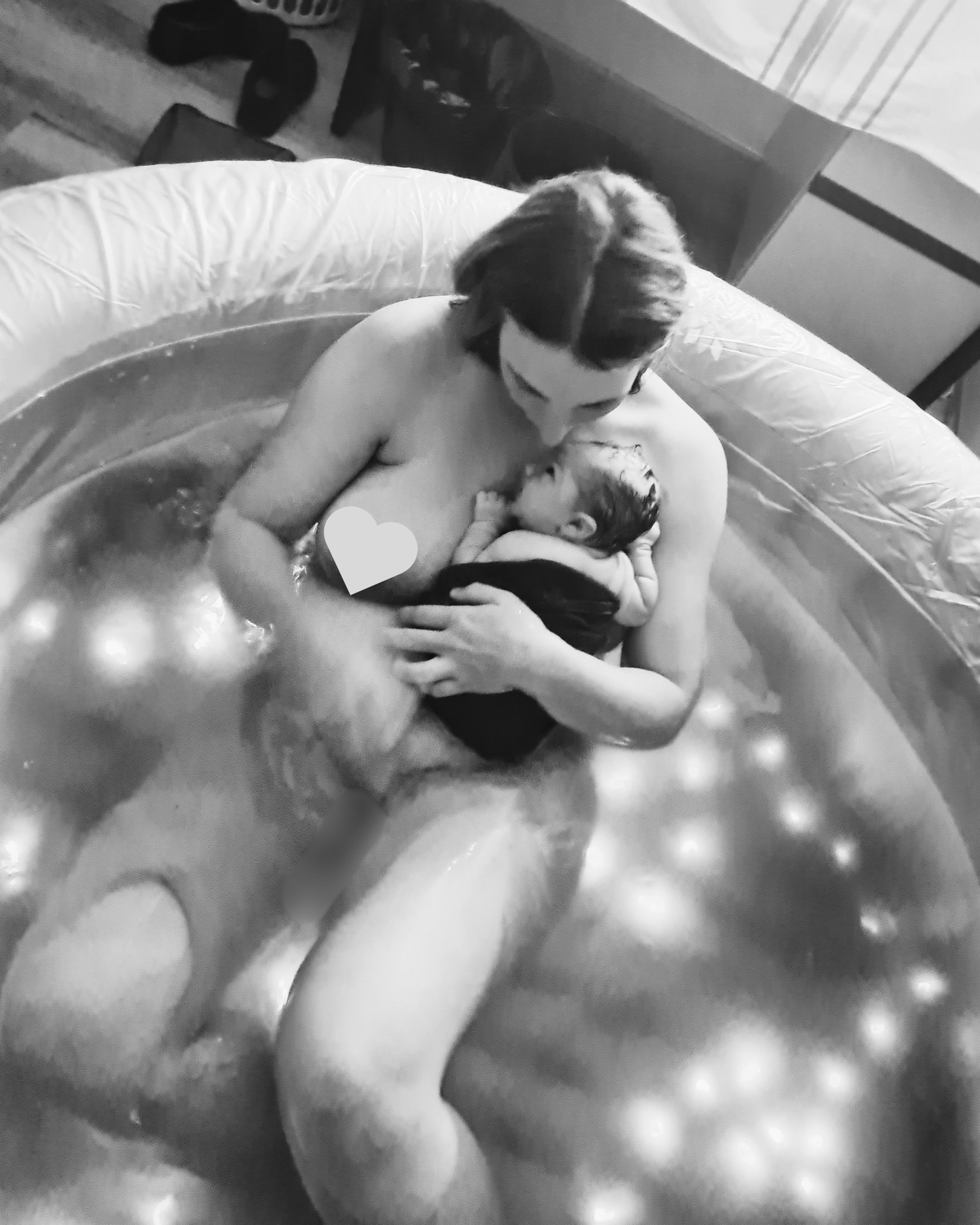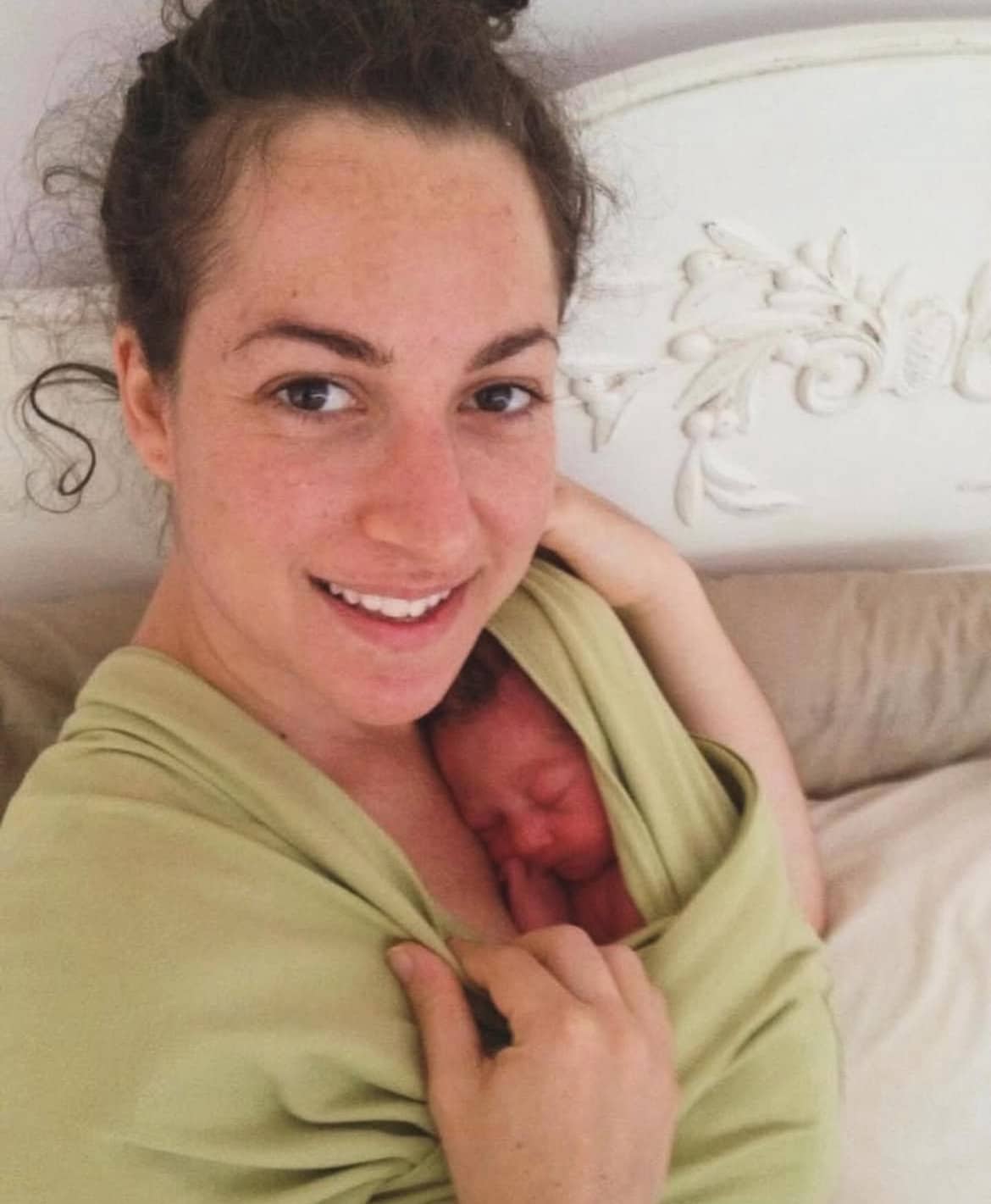Podcasts Kate Dalton
EPISODE 155
Kate Dalton
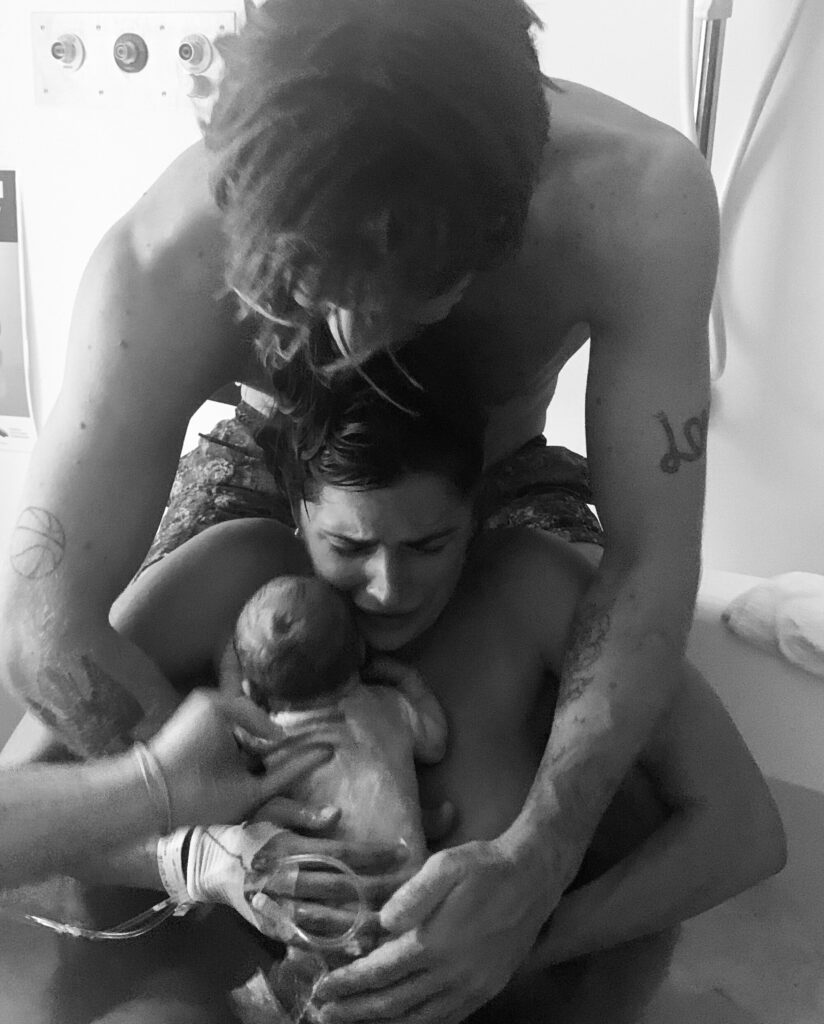
The severity of a Bicornuate Uterus is only known when you’re pregnant and the risks can be that the baby is stuck on one side of the uterus and essentially outgrows the space and prompts premature labour. Breech position is also common because once the baby gets into position, there’s no space for it to turn. Kate’s family has a history of breech births and because she wanted to attempt a vaginal delivery – regardless of whether the baby was head or bum down – she chose an OB who specialises in vaginal breech delivery.
Kate’s pregnancy symptoms were relatively mild although she admits that the vicious cycle of anxiety and insomnia was ever present during her first trimester. She embraced herbs, pregnancy multivitamins, fish oil and probiotics to keep her body in its best state and religiously drank her own blend of sleepy tea, Serenity.
After seeking recommendations from friends, Kate and Ryan did a calm birth course in preparation for Alfie’s birth. “Ryan loved the course; he was getting into it and answering all the questions. It made him excited and subsequently it made me really confident,” she says.
Despite a relatively smooth pregnancy, Kate became quite anxious in the third trimester. She was carrying small and when the midwives measured her fundal height, she was always measuring five weeks behind, hence she required extra monitoring and ultrasounds. “I know women get offended when people remark on how big they are but it’s equally offensive when people comment on how small you are…you can’t help but take it all on board,” she says.
After thinking that she would go into labour early, Kate was 40 weeks + 10 days when she first started to feel a bit over the pregnancy. She had a massage that evening and a few hours later her waters broke. After one trip to hospital and a drive home, they were admitted hours later after it was discovered that there were traces of meconium in her waters. Her OB suggested induction and whilst Kate was confronted by the decision (she hadn’t heard many positive induction stories and was understandably anxious) she believed that it was the best choice for her and Alfie.
Once she was hooked up to the syntocin drip and heart rate monitor, she stayed mobile to encourage the progression of contractions. She laboured well for the following hours and went from being on all fours with Ryan squeezing her hips during contractions to getting in the shower for the relief of hot water. At 4pm her OB checked her and discovered that she was 1cm with a cervical lip which he removed and stretched her to 4cm. Afterwards, with an increase of syntocin the contractions grew in intensity and Kate felt like she was losing control of her breathing.
“I got on all fours on the bed and I started using the gas which helped me slow down my breathing. Throughout my whole labour I used the calm birth technique of breathing in for six counts and out for six counts. I started getting really bad back pain and a new midwife came in and she just knew what to do. I was at the stage where I was overwhelmed and couldn’t make decisions so having someone direct and guide me was so welcome,” says Kate. She was given water injections in her back – four needles at pressure points – to help relieve the back pain and it worked instantly and lasted for about an hour.
“I was asking for every pain relief under the sun even though my birth plan was to have no pain relief and an all natural experience. But at that point I didn’t care about my birth plan…obviously this was me going through transition,” says Kate. She admits that she felt quite exposed being on the bed but once she got into the bath she felt safe and calm and before long she could feel her body pushing, despite the midwives’ warnings that she had to wait for the OB to return.
Before long her OB was in the room and she started pushing, surrounded by midwives who encouraged her to bring her to make deep, low noises instead of high-pitched screams. Whilst crowning Alfie got stuck so Kate changed positions and once there, knew she would be able to push her out. Alfie was born into the water in the next contraction.
Kate admits that the hours that followed were blissful but busy; she attempted to feed Alfie, the pediatrician checked Alfie’s lungs (when meconium is in the waters there’s a risk of baby swallowing and subsequently having breathing difficulties) and she was stitched up after a second degree tear. She found breastfeeding difficult but was thankful for the supply of colostrum she had stored in syringes. After three days in hospital she took the advice of her lactation consultant who encouraged her to: “go home and get comfortable in bed.” It’s often exactly what a new mum needs.
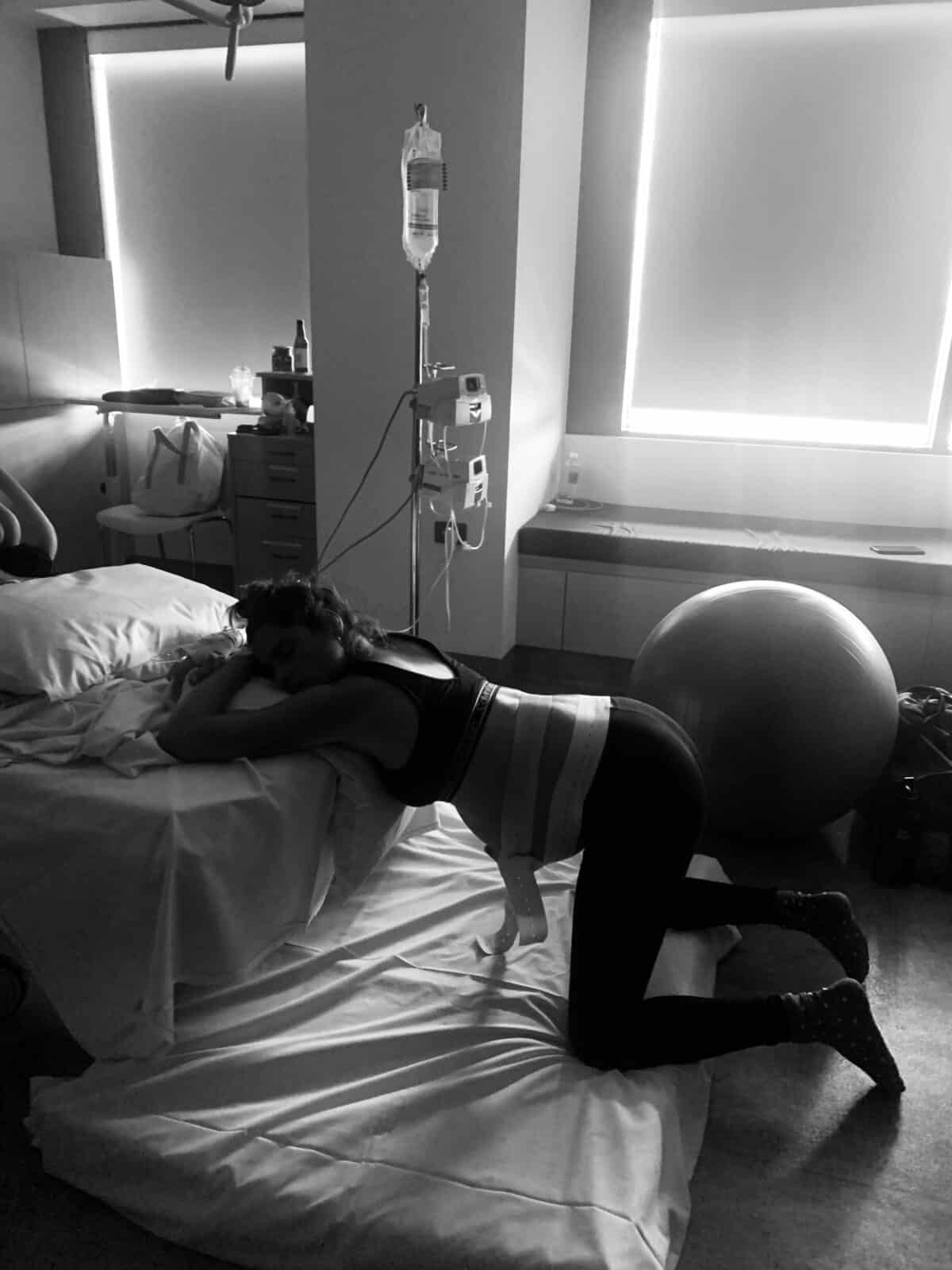
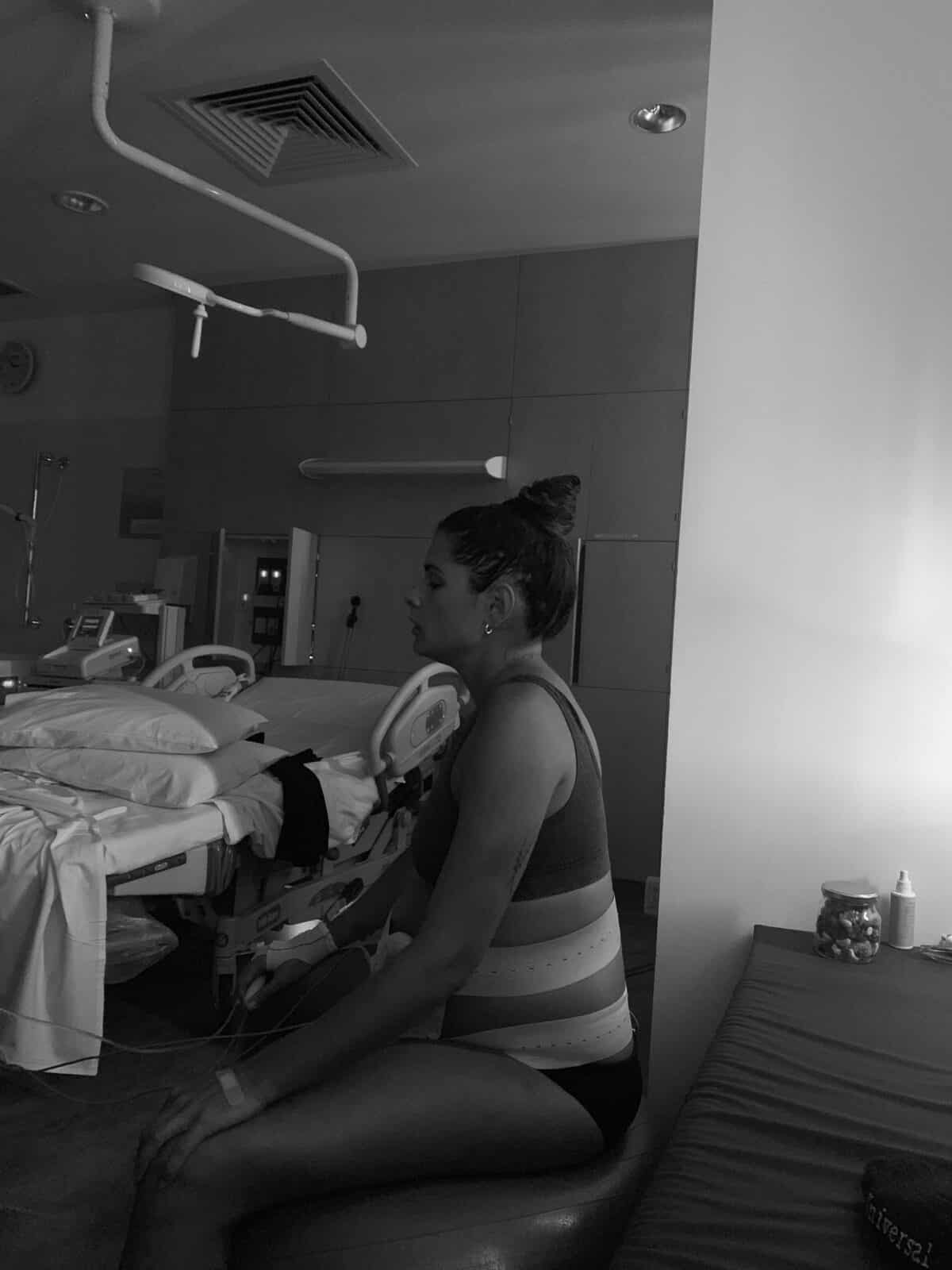

Topics Discussed
Bicornuate uterus, Calmbirth, Induction, Meconium, Peri-natal anxiety, Water Birth, water injections
Categories
Related Products
-
Birth Combs: Harness Your Body’s Natural Pain Relief
$24.95Crafted from smooth, natural wood, our birth combs activate specific pressure points in your hands that trigger your body’s innate pain-relieving responses.
Join the conversation
Sign up to get the latest updates, freebies, podcast releases straight into your inbox
@AustralianBirthStories
Follow along with us
@AustralianBirthStories
Follow along with us
@AustralianBirthStories
Follow along with us
@AustralianBirthStories
Follow along with us
@AustralianBirthStories
Follow along with us
@AustralianBirthStories
Follow along with us
@AustralianBirthStories
Follow along with us
@AustralianBirthStories
Follow along with us
@AustralianBirthStories
Follow along with us
@AustralianBirthStories
Follow along with us
@AustralianBirthStories
Follow along with us
@AustralianBirthStories
Follow along with us
